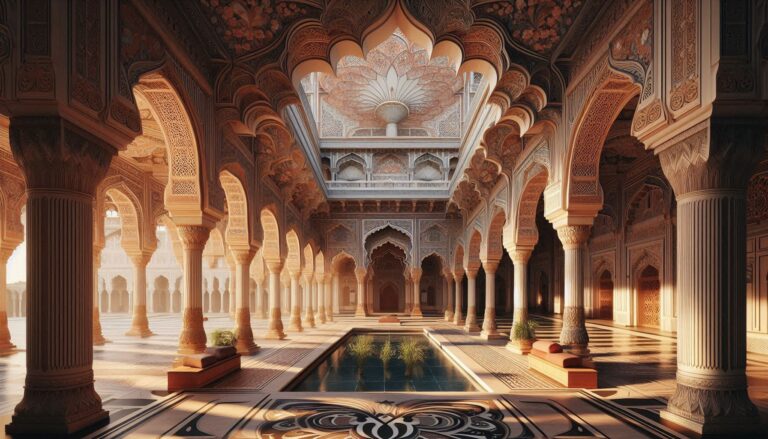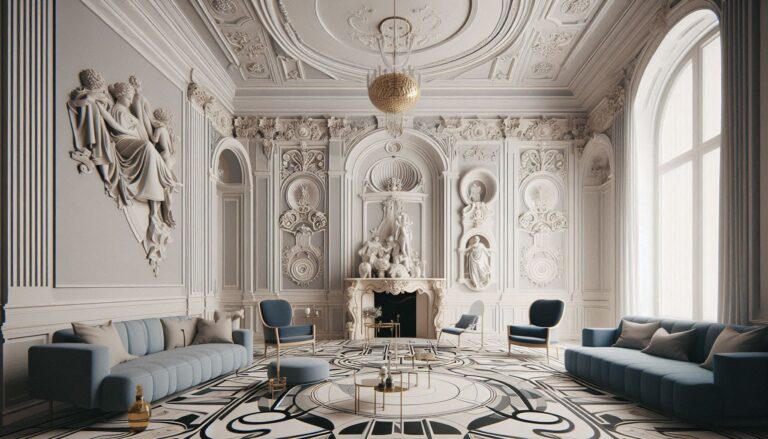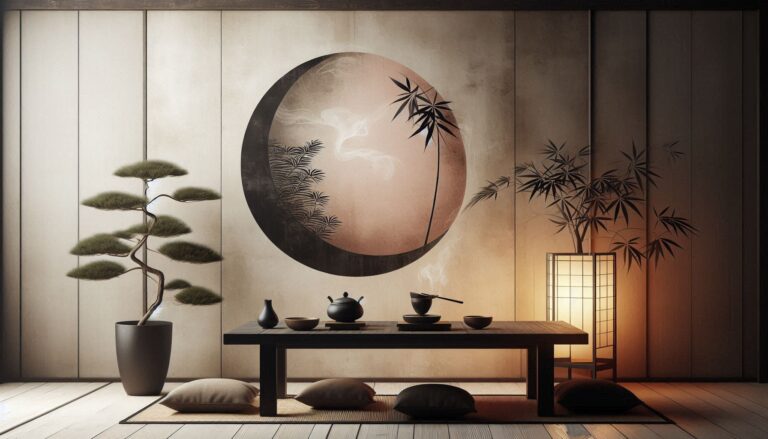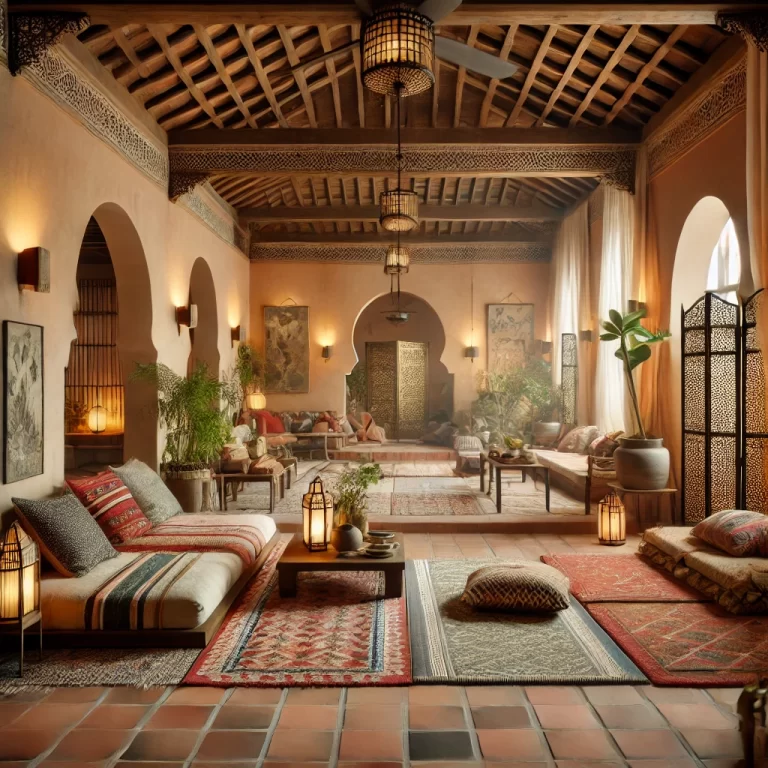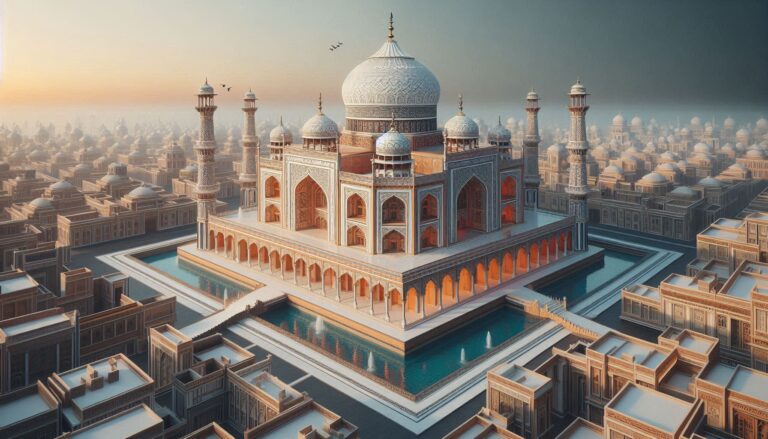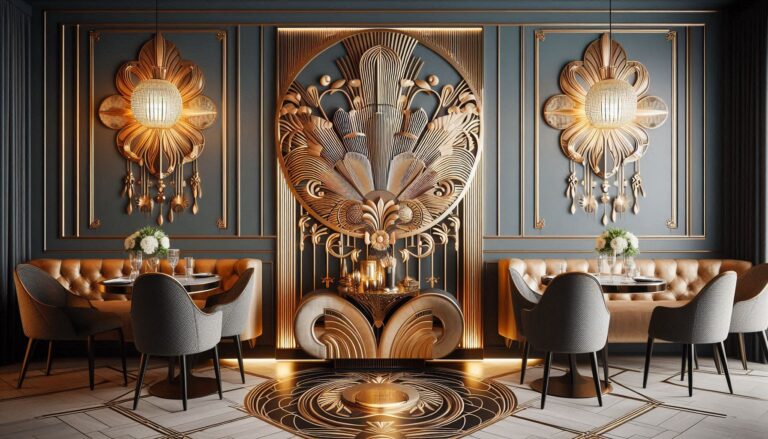How Cultural Heritage Shapes Modern Architecture and Interior Design
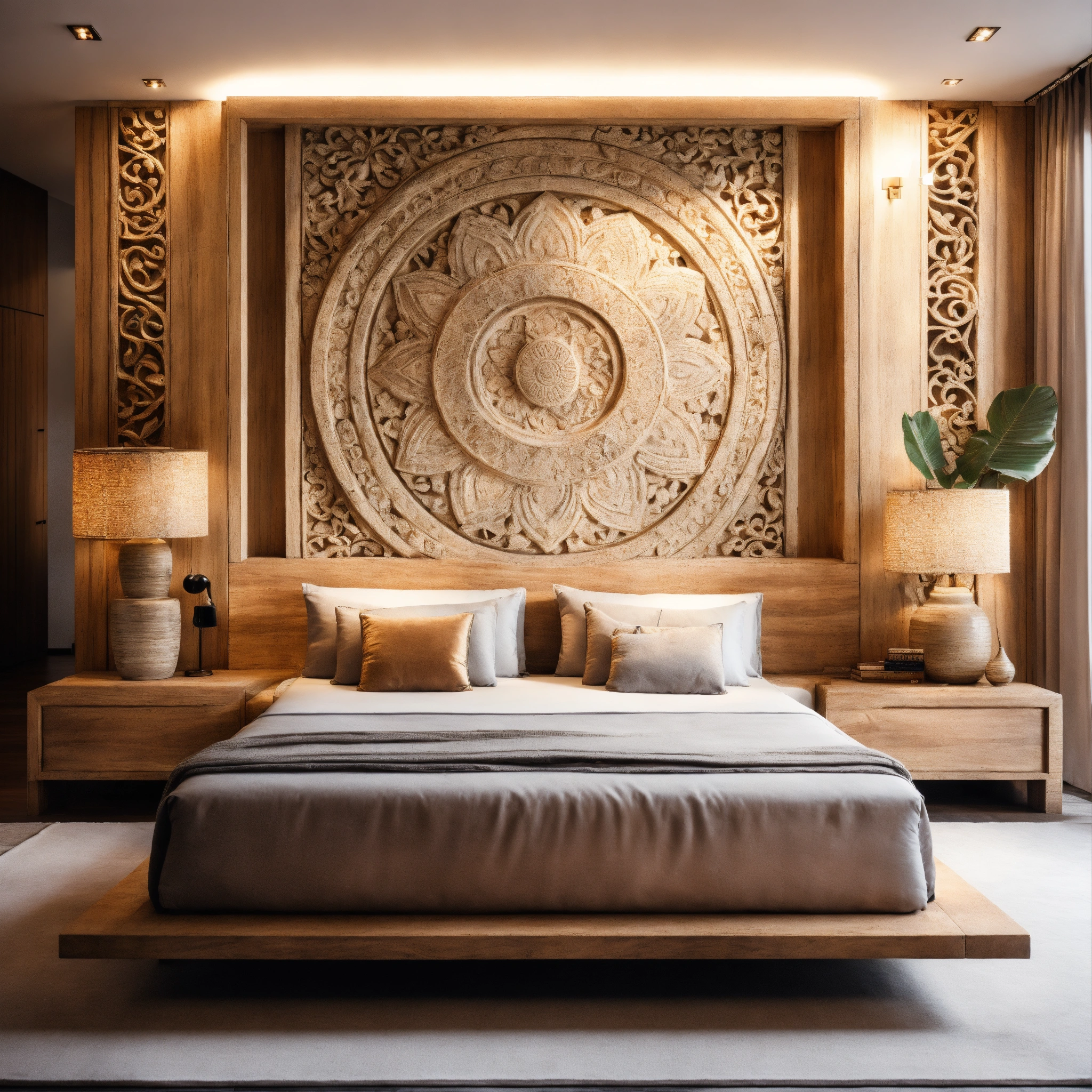
Cultural heritage plays a pivotal role in shaping modern architecture and interior design. From ancient civilizations to contemporary styles, the influence of tradition remains evident in today’s built environment. Architects and designers draw inspiration from historical elements, regional aesthetics, and traditional craftsmanship to create spaces that honor the past while embracing innovation.
The Influence of Cultural Heritage on Architecture
Many iconic architectural styles are deeply rooted in cultural traditions. For instance, Islamic architecture, with its intricate geometric patterns and grand domes, continues to inspire modern mosque designs and contemporary Islamic-influenced buildings. Similarly, Japanese minimalism, emphasizing simplicity and nature, has given rise to modern Zen-inspired homes that prioritize tranquility and functionality.
Traditional Materials and Techniques in Modern Design
Materials and techniques passed down through generations remain relevant in modern construction. Traditional wood joinery from Japan, terracotta from Mediterranean regions, and intricate tilework from Morocco all find their way into contemporary designs. These elements not only enhance aesthetic appeal but also contribute to sustainability, as many traditional materials are eco-friendly and durable.
Regional Aesthetics in Interior Design
Interior spaces often reflect cultural heritage through furniture, textiles, and decor. Scandinavian interiors embrace their cultural ethos of functionality and coziness, often using natural materials and neutral colors. Indian interiors, on the other hand, showcase vibrant colors, intricate carvings, and rich textiles, celebrating the country’s artistic traditions.
The Balance Between Tradition and Modernity
Blending heritage with modernity requires a thoughtful approach. Adaptive reuse of historical buildings is a prime example, where old structures are repurposed while retaining their cultural essence. In residential and commercial spaces, designers incorporate traditional motifs in a contemporary manner—be it through digital prints of ancient frescoes or modern furniture that echoes classic craftsmanship.
Conclusion
Cultural heritage remains a cornerstone of modern architecture and interior design. By preserving and adapting traditional elements, designers create timeless spaces that bridge the past and the future. As globalization continues to bring cultures closer, the fusion of diverse traditions in design will only grow stronger, ensuring that heritage remains an integral part of contemporary living.

